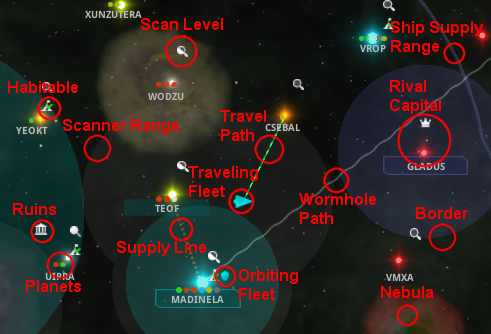

The resulting map of the galaxy is not only an interesting curiosity but could also inform astronomers about how stars develop over time. This is the first time that a study has demonstrated this warp in 3D by looking at individual stars. The further from the center of the galaxy you look, the more extreme the warp is. The disk of the Milky Way is not uniform but rather twists at its edges. When put into a map, the data showed how the Milky Way is warped. Serge Brunier / ESO / Skowron et al, doi: 10.1126/science.aau3181. Bottom: face-on view of our Galaxy with all 2,431 Cepheids in the sample marked with green dots. Top: on-sky view of the Milky Way in galactic coordinates, with the team’s sample of classical Cepheids in the Milky Way and in the Magellanic Clouds. “What we were able to do in this study that hasn’t been done before is to take a very large sample of objects - uniformly selected and organized - to build a model of the Milky Way.” Distribution of Galactic classical Cepheids. Radek Poleski, a postdoctoral researcher at the Ohio State University and the University of Warsaw’s Astronomical Observatory, explained in a statement. “The problem astronomers have typically had in studying the Milky Way is that, because we reside in it, it is hard to see the parts that are far away - we cannot move outside the galaxy and look at it,” Dr. This allowed them to model distant parts of the galaxy. The astronomers located 2,431 of these stars using both optical and infrared data and used this information to map their locations across the Milky Way. Fitbit Versa 3Īstronomers have created a 3D map of our entire galaxy by pinpointing stars called Cepheids which pulsate and can be used to track distance and changes in space.Ĭepheids are young stars less than 400 million years old and their brightness varies over periods of between one and one hundred days.


 0 kommentar(er)
0 kommentar(er)
